"Tell me and I forget, teach me and I remember, involve me and I learn."
—Benjamin Franklin
As an applied university, Xi'an Eurasia University consistently adheres to project-based teaching, enabling students to become active learners and explorers by constructing a real-world environment. On December 9, the "Quality Living Environment: Project-Based Teaching Achievement Exhibition" was successfully held. Attendees included General Manager Wang Zhibin of the Engineering Department at Bluescope Building System (Xi'an) Co., Ltd., Director Cao Zhirui of Real Estate at CBRE (Xi'an), Shaanxi Regional Manager Yao Pei of the Digital Higher Education Department at Glodon Company Limited, Professor Jiang Wei from Onearth Studio (Professor at Beijing University of Civil Engineering and Architecture), Manager Ou Likun of the HR Department at Xi'an Shangong International, Project Manager Wang Haonan at Shaanxi Construction Engineering Quality Testing Center Co., Ltd., Vice President Zhang Lefang of Xi'an Eurasia University, Director Zhang Na of the Department of Academic Affairs at Xi'an Eurasia University, Director Wang Lixia of the Career Development and Enterprise Cooperation Department at Xi'an Eurasia University, and Deputy Director Zhang Cheng of the Student Development Office at Xi'an Eurasia University, along with other leaders from various functional departments of the university and the School of Human Settlements and Civil Engineering, as well as numerous teachers. From taking on projects to achieving results, and then to school-enterprise cooperation benefiting teaching, project-based teaching promote education through projects.
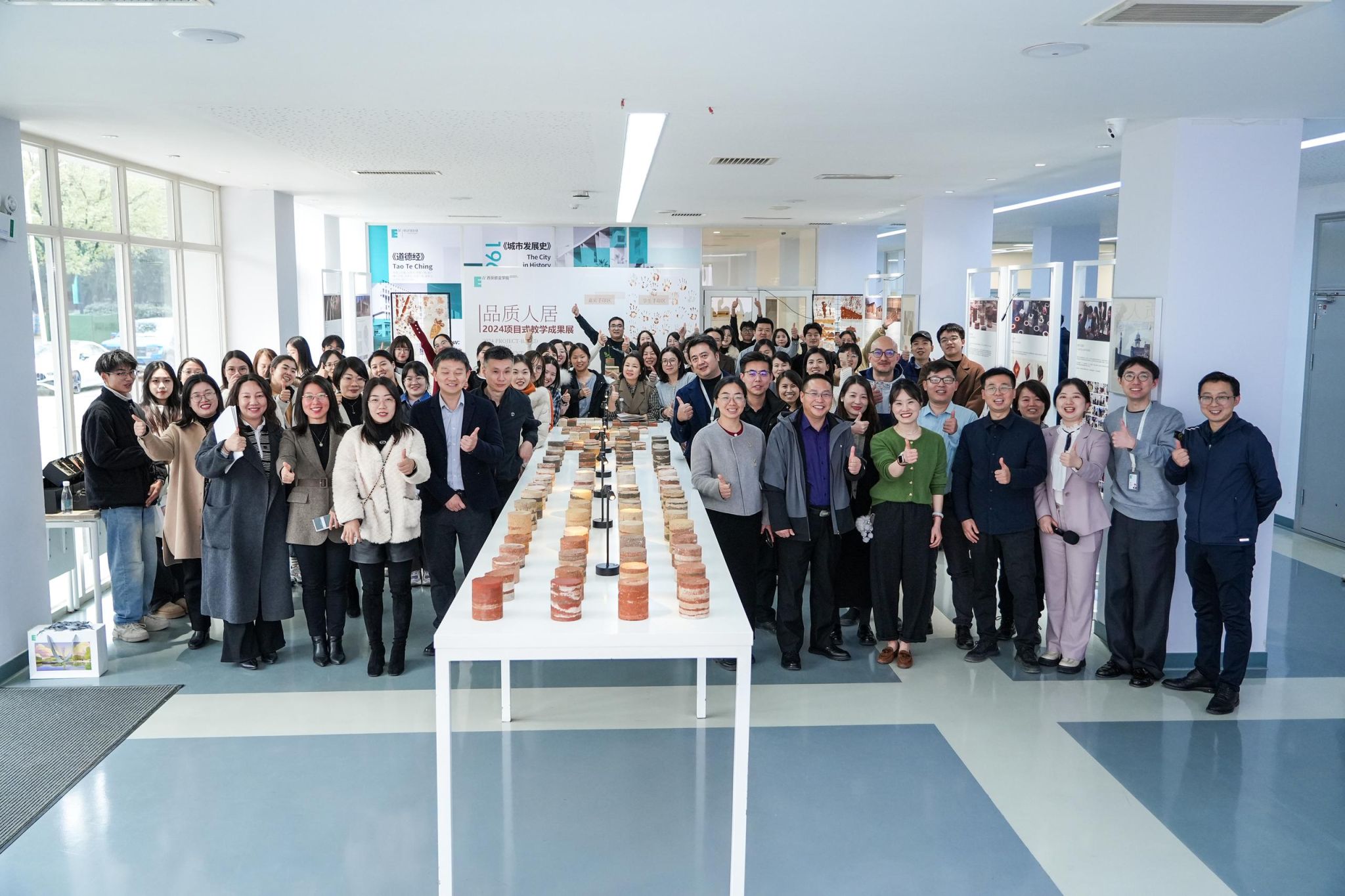
(Fig. 1) Teaching Achievement Exhibition
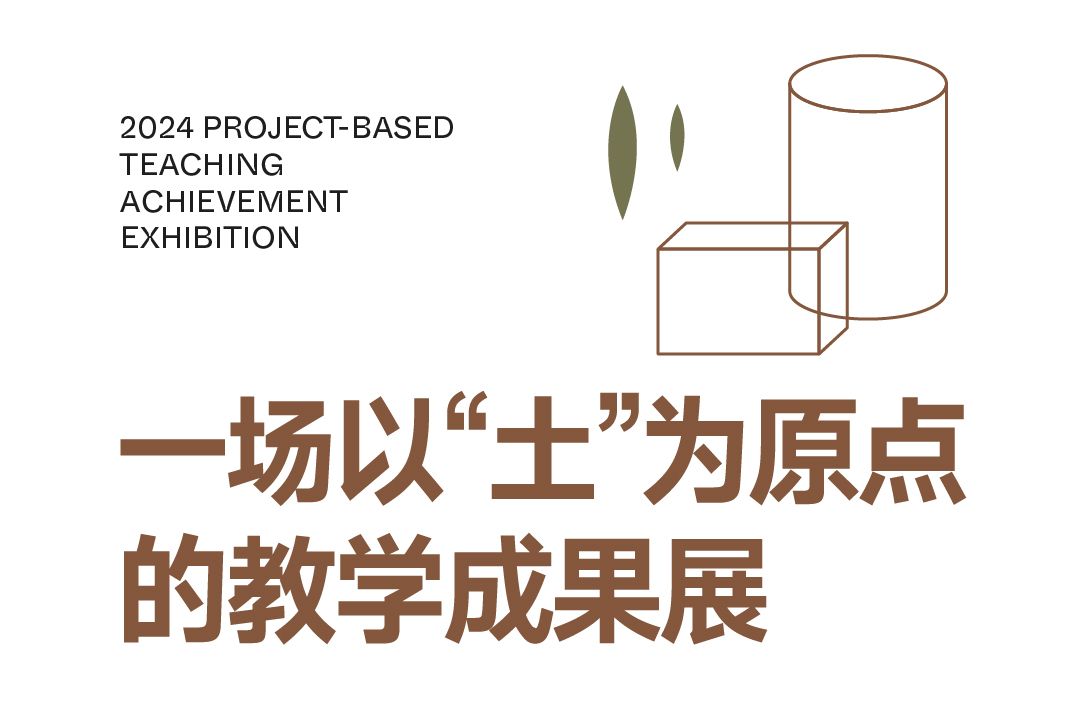

In the long history of Chinese architecture, "soil" has played a crucial role. The 8,000-year-old tradition of rammed-earth construction is not only the physical epitome of the development of Chinese civilization but also a concentrated manifestation of the craftsmanship spirit passed down over the millennia.
To cultivate an outstanding builder, it is first necessary to integrate traditional skills and spirit into contemporary education. Based on this, the teaching team of the School of Human Settlements and Civil Engineering, the disciplinary platform course group, and Onearth Studio have for the first time broken the boundaries of the two architectural general education courses, "Civil Engineering Materials" and "Architectural Appreciation and Expression ." By optimizing course objectives, restructuring teaching content, and innovating teaching methods, they are committed to taking "soil" as the foundation and "ramming" as an art form, allowing students to establish a connection with native materials through traditional manual practice, regain the spirit, wisdom, and craftsmanship of artisans, and integrate their perception and reverence for architecture.
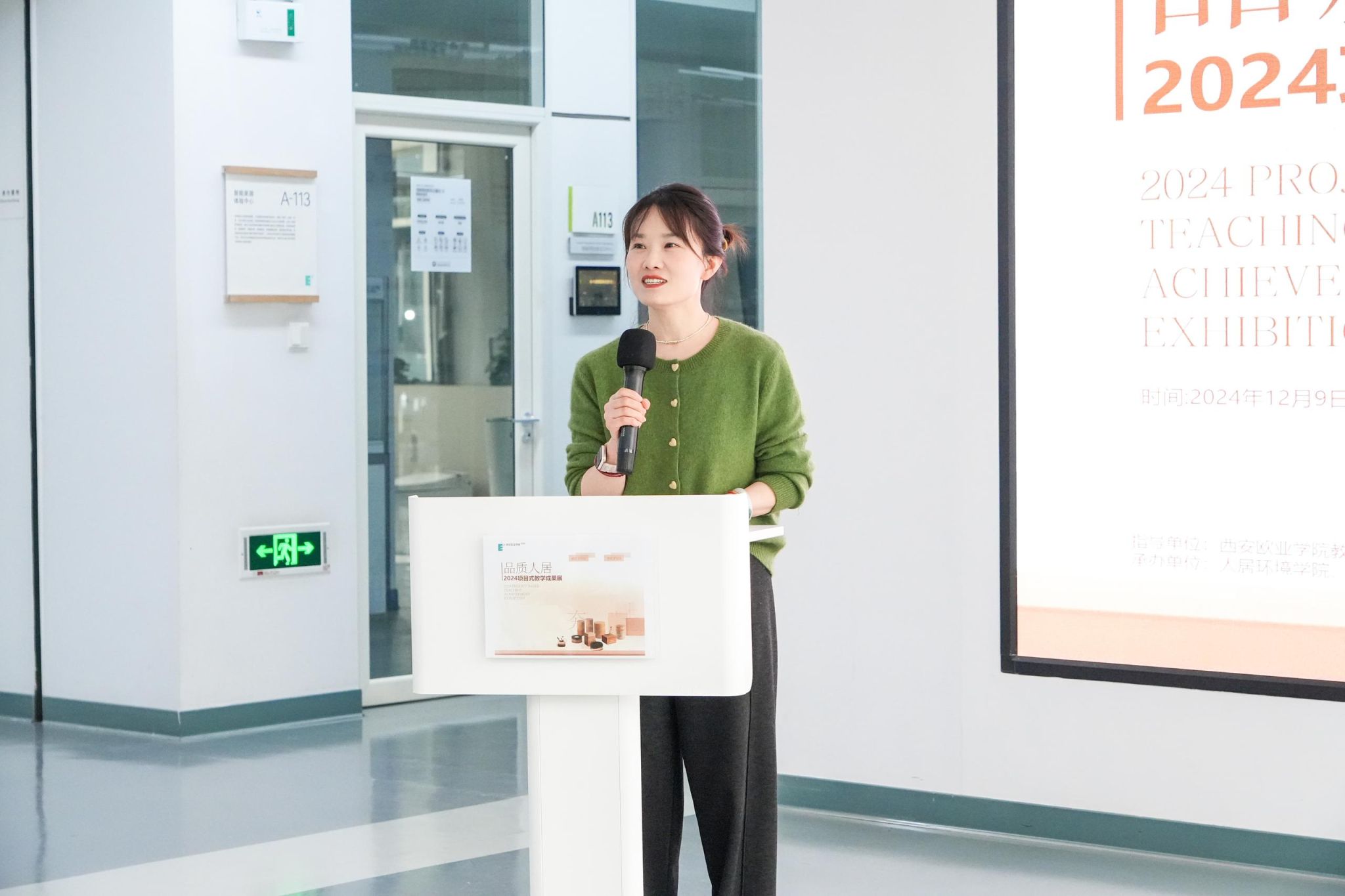
(Fig. 2) Yin Yingdi, Deputy Dean of the School of Human Settlements and Civil Engineering, Provides the Project Overview At the Opening Ceremony
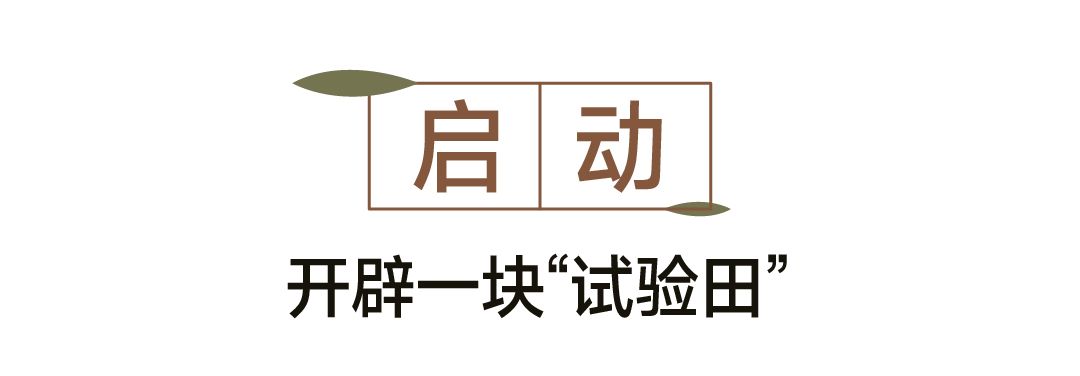
To ensure that the project-based teaching could best suit and empower students, enterprises, and teaching development, the teachers in the project team spent nearly three months on exploration and adjustment.
"We studied the project-based teaching methods of nine domestic and foreign universities. Based on the actual situation of Xi'an Eurasia University, we decided to select and develop projects with a student-oriented and employer-oriented approach. The project team conducted detailed surveys among students and employers respectively, and set the syllabus and tasks of project-based teaching according to the needs of both sides, so that they not only conform to the learning and practical habits of Xi'an Eurasia University's students but also meet the requirements of employers. To guarantee the quality of project implementation, we also issued the quality evaluation standards for project-based courses in the School of Human Settlements and Civil Engineering and provided training for teachers," introduced Luo Wei, the leader of the project team.
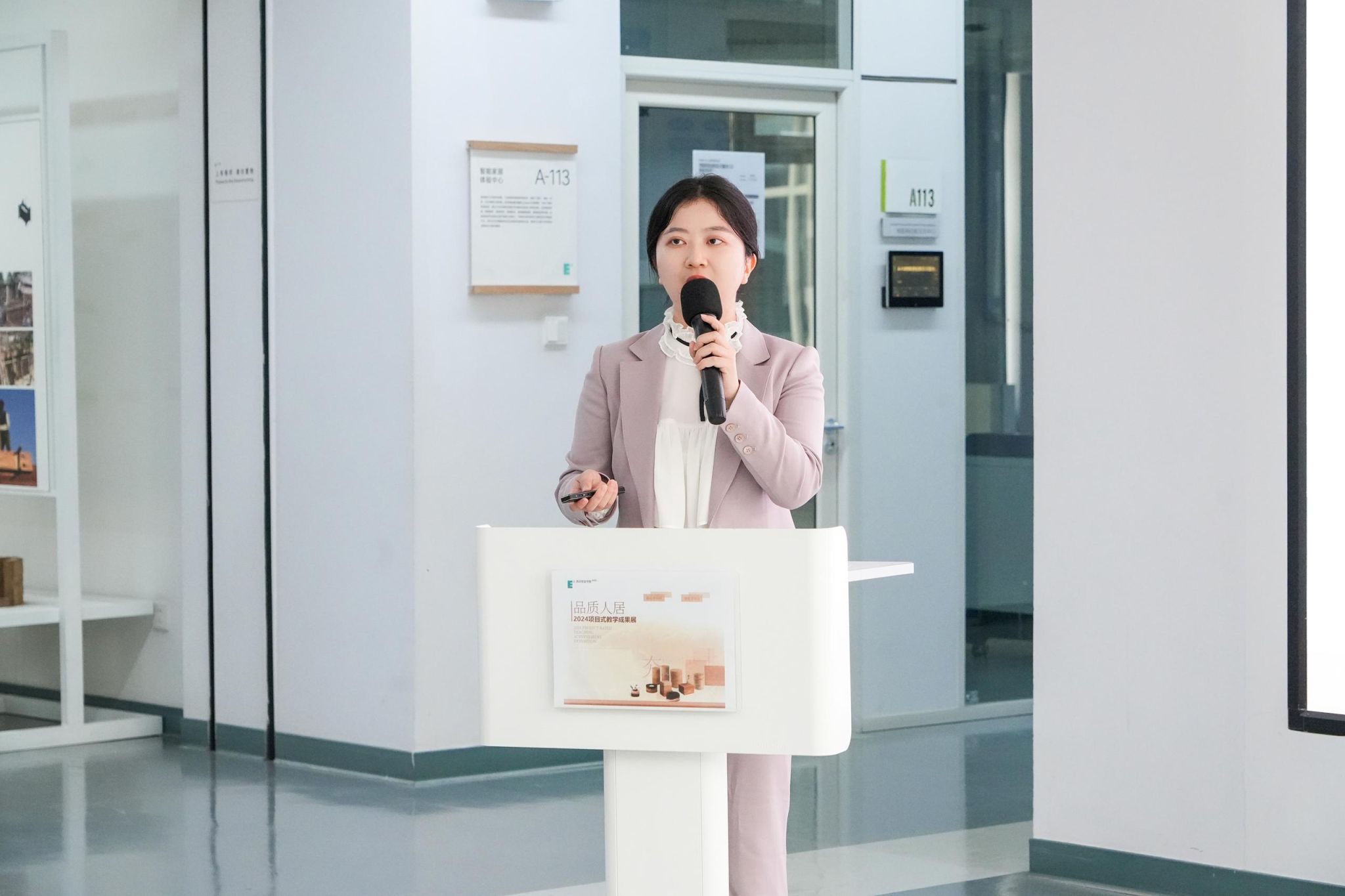
(Fig. 3) Leader Luo Wei of the Project-Based Teaching Team at the School of Human Settlements and Civil Engineering, Gives a Themed Report
"Based on the project-based teaching design of the platform course design group, the teaching team, while ensuring the comprehensive teaching of basic knowledge, has significantly increased the proportion of class hours dedicated to student practice and innovation. To ensure that students can successfully complete the project, the teaching team has also set a main goal for high-level tasks and multiple sub-goals. Through phased discussions, presentations, and experiments, students are guided to independently explore practical paths. As they gradually achieve the main goal, they can acquire knowledge, skills, and professional spirit at a high-quality level," explained Liu Bingyu, the person in charge of the project-based course "Civil Engineering Materials," when elaborating on the project implementation process.
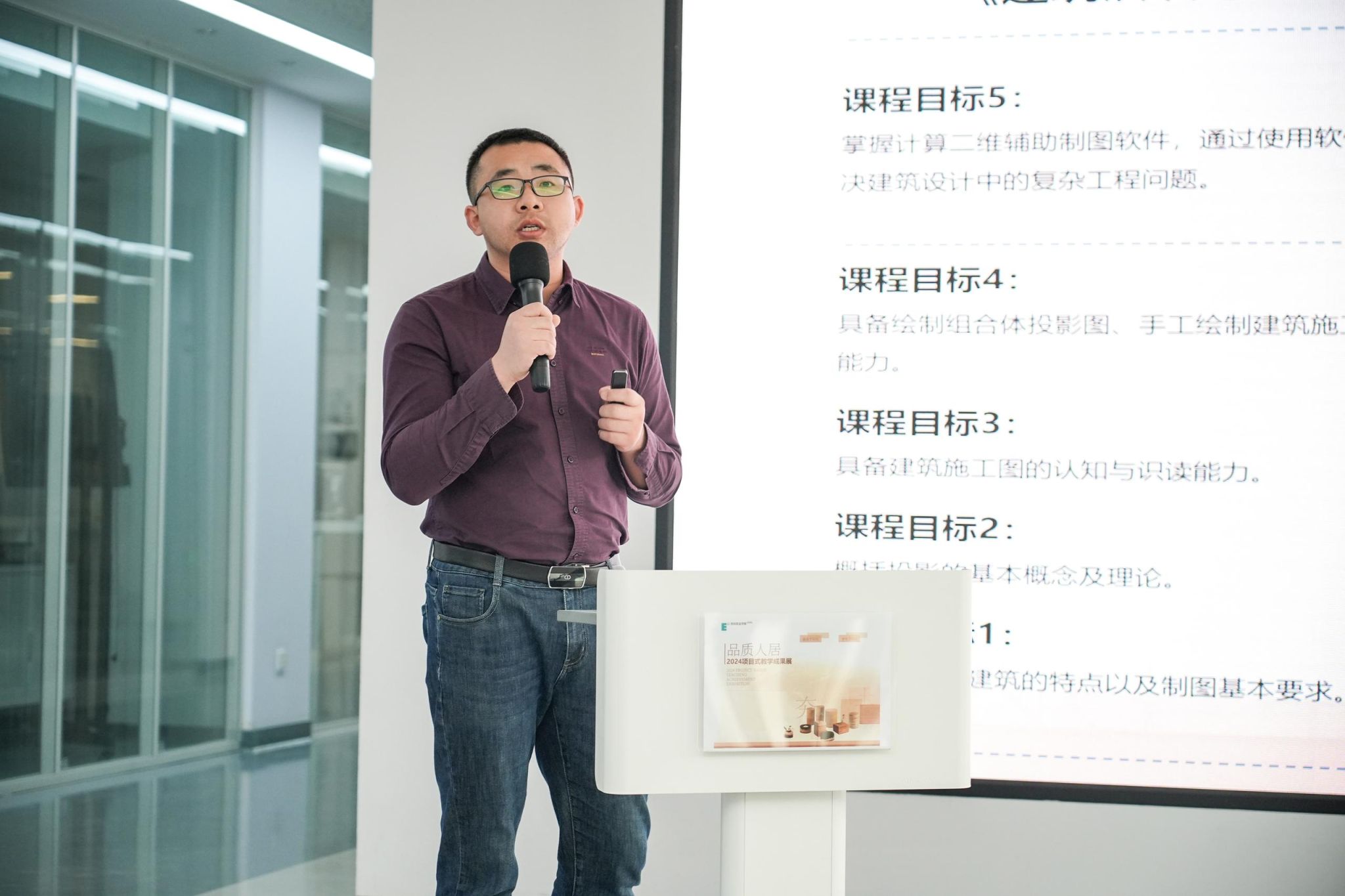
(Fig. 4) Professor Liu Bingyu from the School of Human Settlements and Civil Engineering Delivers a Themed Report
The School of Human Settlements and Civil Engineering is the first school in the university to integrate two courses into a refined project-based course. Zhang Lefang, Vice President of Xi'an Eurasia University, commented, "The School of Human Settlements has created a 'testing ground' for the university. Although the process was very challenging, they ultimately managed to perfectly integrate the relationships between students, teachers, and enterprises with courses and projects, producing numerous achievements. This is the result of the collaboration between the school, functional departments, and enterprises, and it will become a model for project-based teaching promoted by the university in the future."
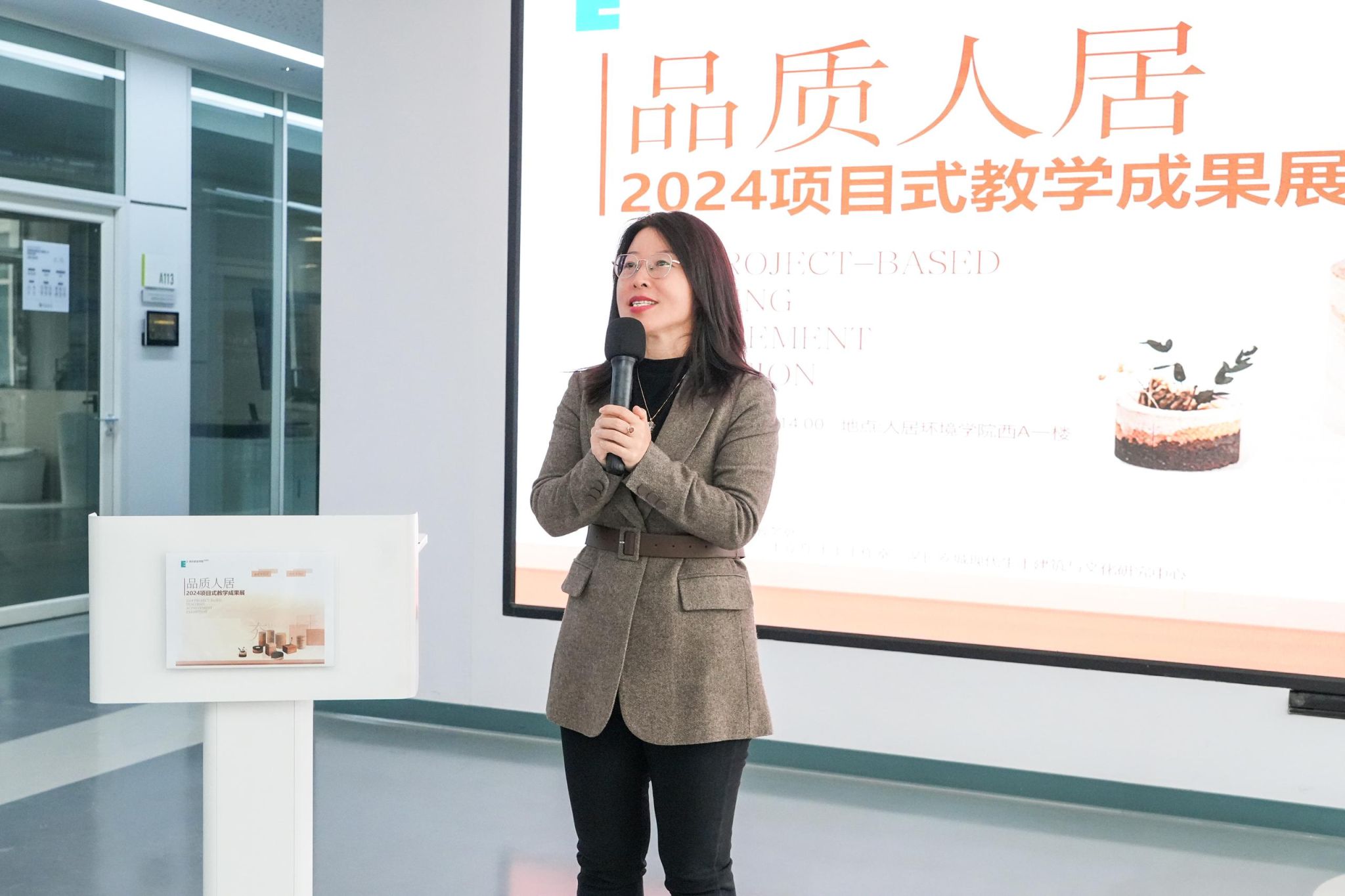
(Fig. 5) Vice President Zhang Lefang of Xi'an Eurasia University highly Praises the Project-Based Teaching

The fully polished project-based course design officially entered the classroom in September. Based on employer requirements, 38 students were divided into 5 teams, and they were required to complete the following tasks within the specified time:
Theoretical learning: "Cognition of Rammed Earth" and "Traditional Rammed-Earth Construction Techniques";
Practical projects: Each team was tasked with conducting architectural practices using "rammed earth" as the raw material and "ramming" as the technique, with topics such as "Traditional Craft Model," "Rammed-Earth Texture Painting," "Rammed-Earth Cylindrical Specimen," "Rammed-Earth Mosaic Collage," and "Rammed-Earth Utensils," as well as delivering works as required;
Team collaboration: Each team was to complete a single rammed-earth model, which would be combined together to form a rammed-earth installation;
Achievement exhibition: All works would be collected, and the teams would jointly plan and complete the exhibition layout.

Project-Based Teaching Plan

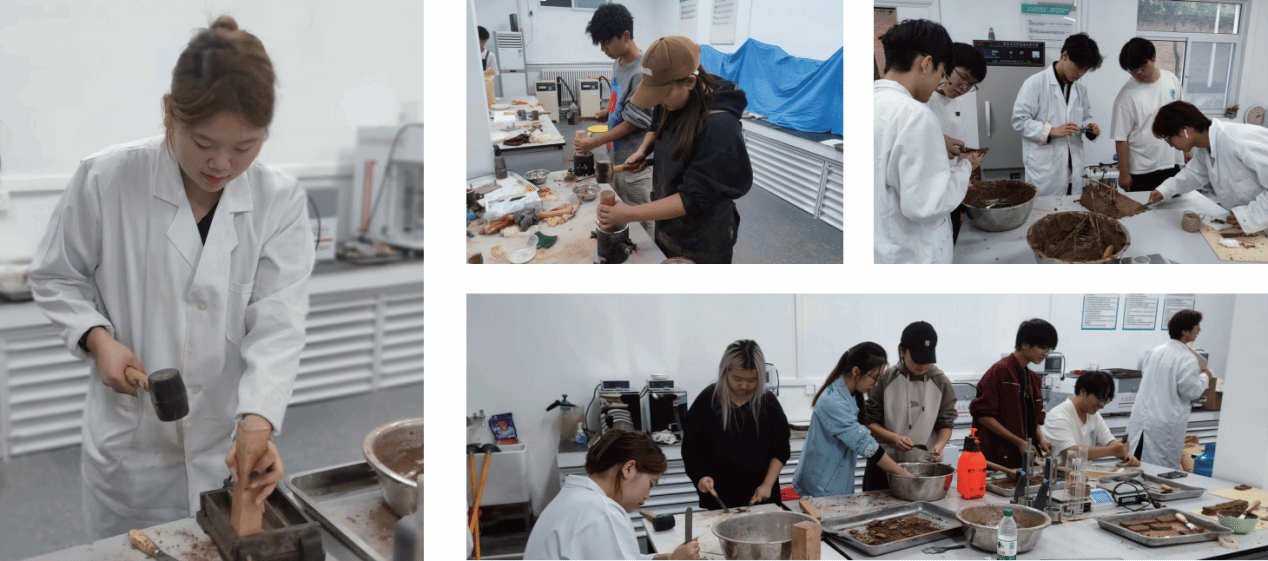
+Process Videos Shot by Students+
Project Process Diagram
Delivery
Achievements and Developments
4 Corporate Engineers
2 Expert Lectures
5 Surveys
3 Group Presentations
10-Week Practice Cycle
Final Completion
5 Rammed-Earth Models Created
2 Research Papers Published
38 Project-Based Student Work Portfolios Compiled
2 Teacher and Student Guidebooks Created
1 Teacher-Student Collaboration Teaching Achievement Exhibition Held
1 School-Enterprise Joint Practice Base Established
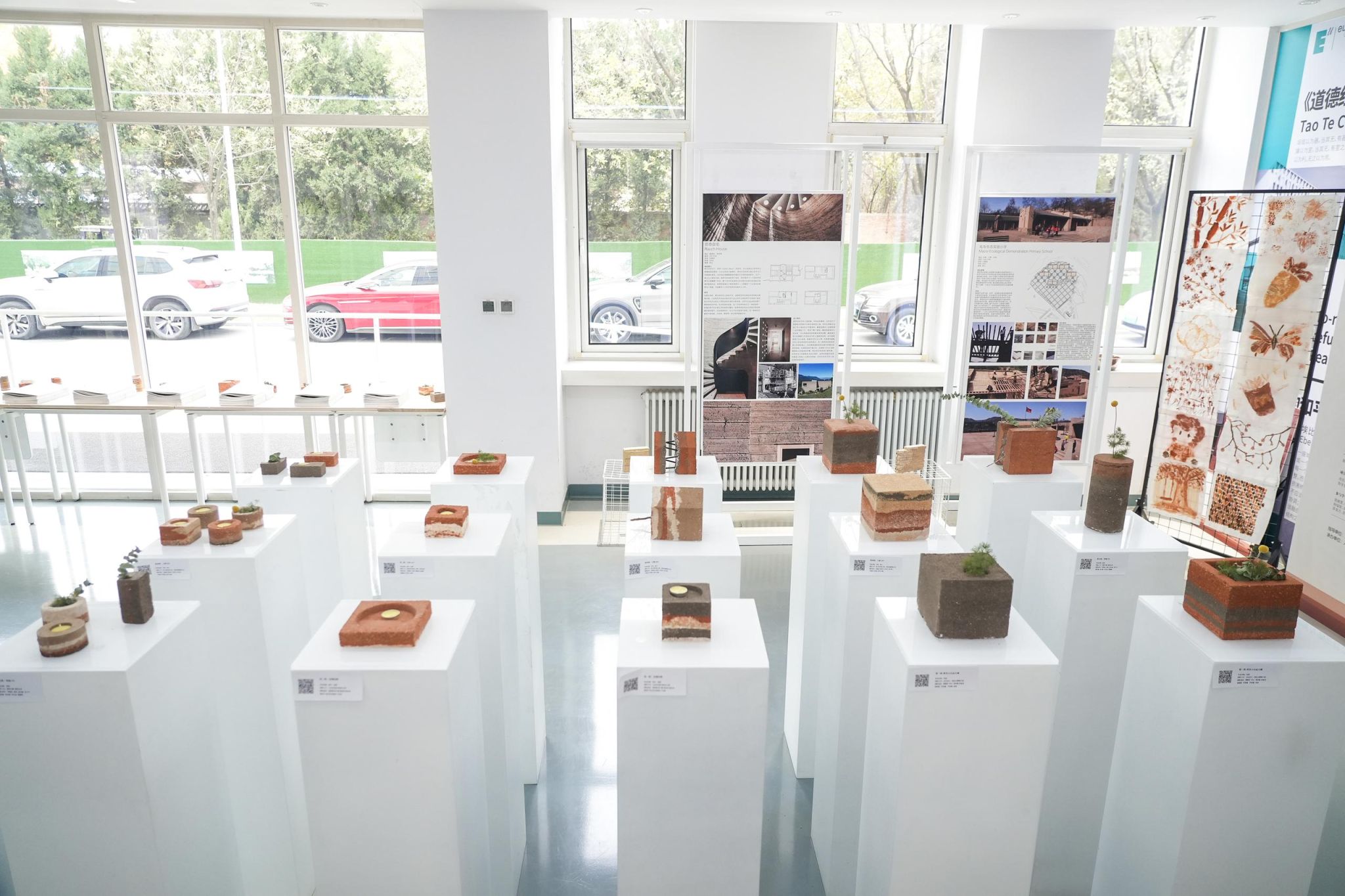
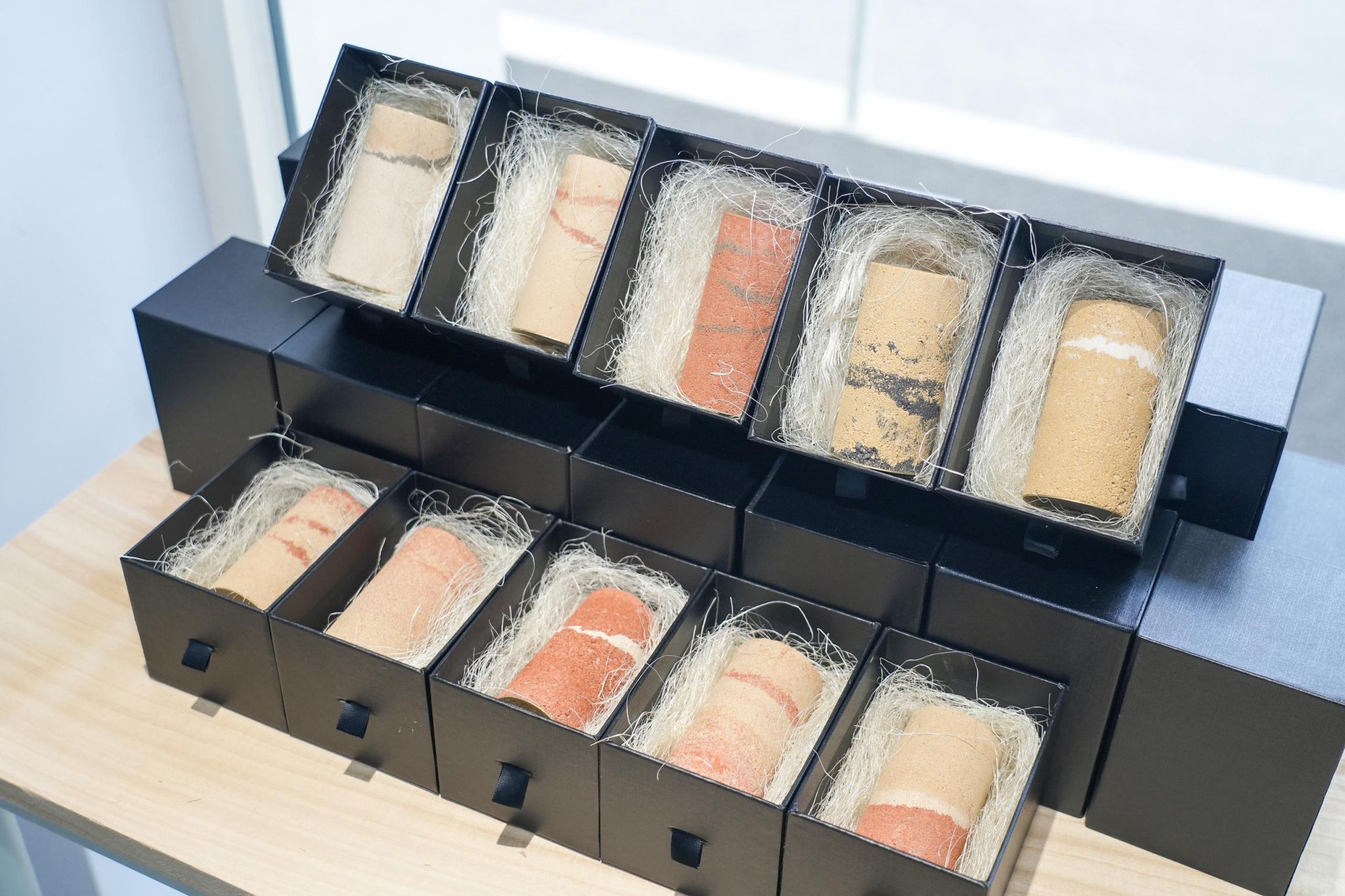
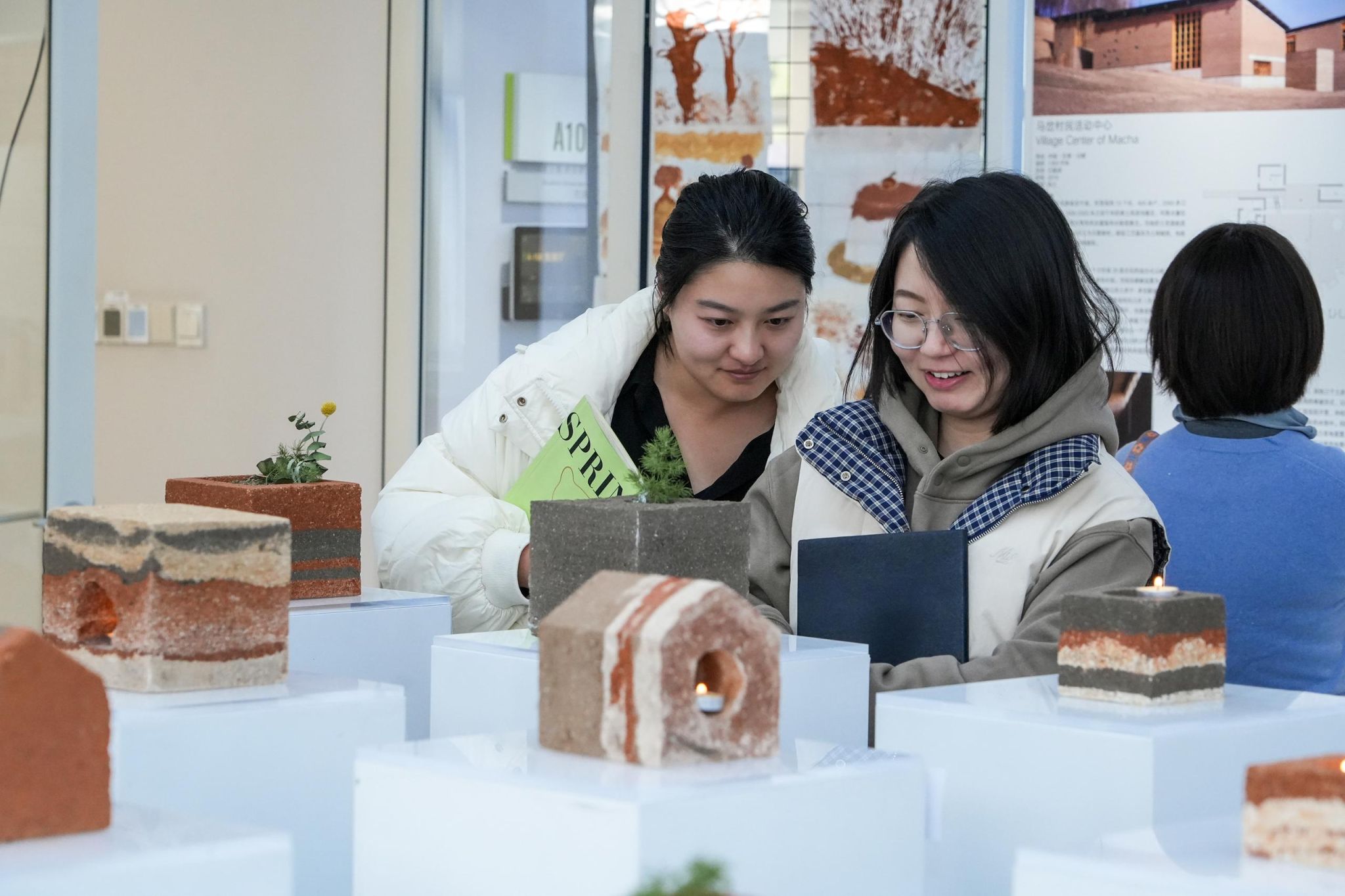
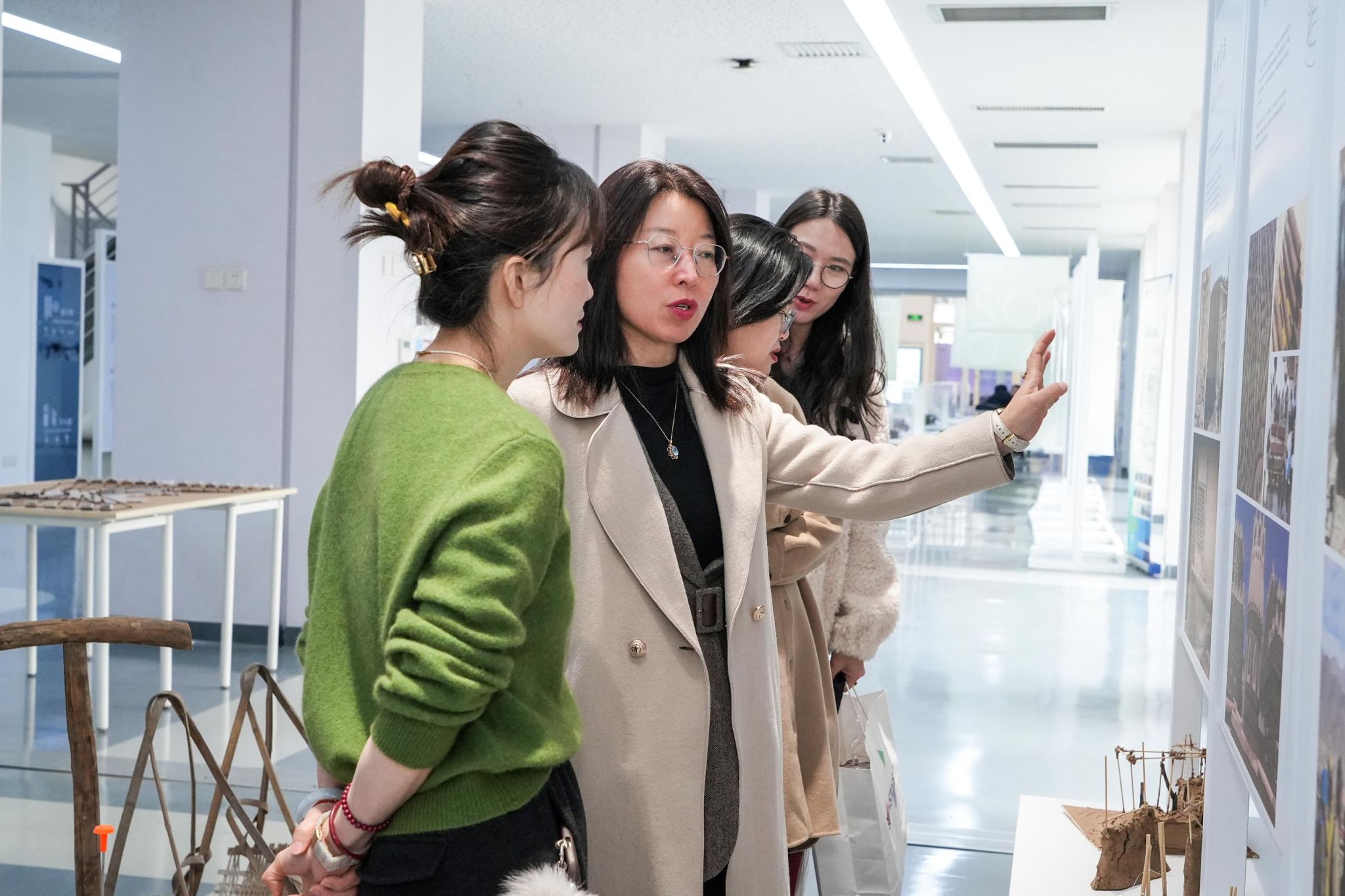
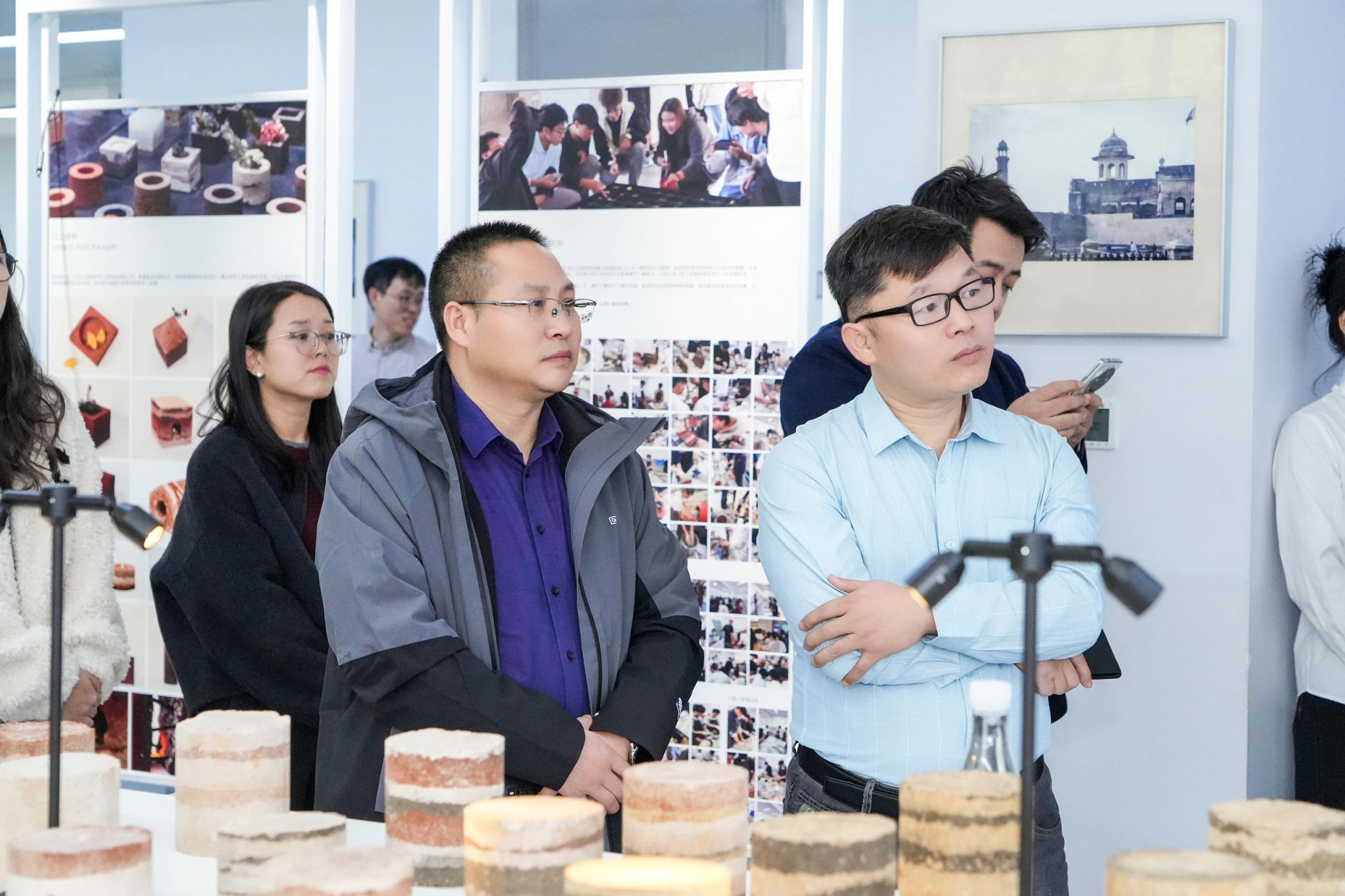
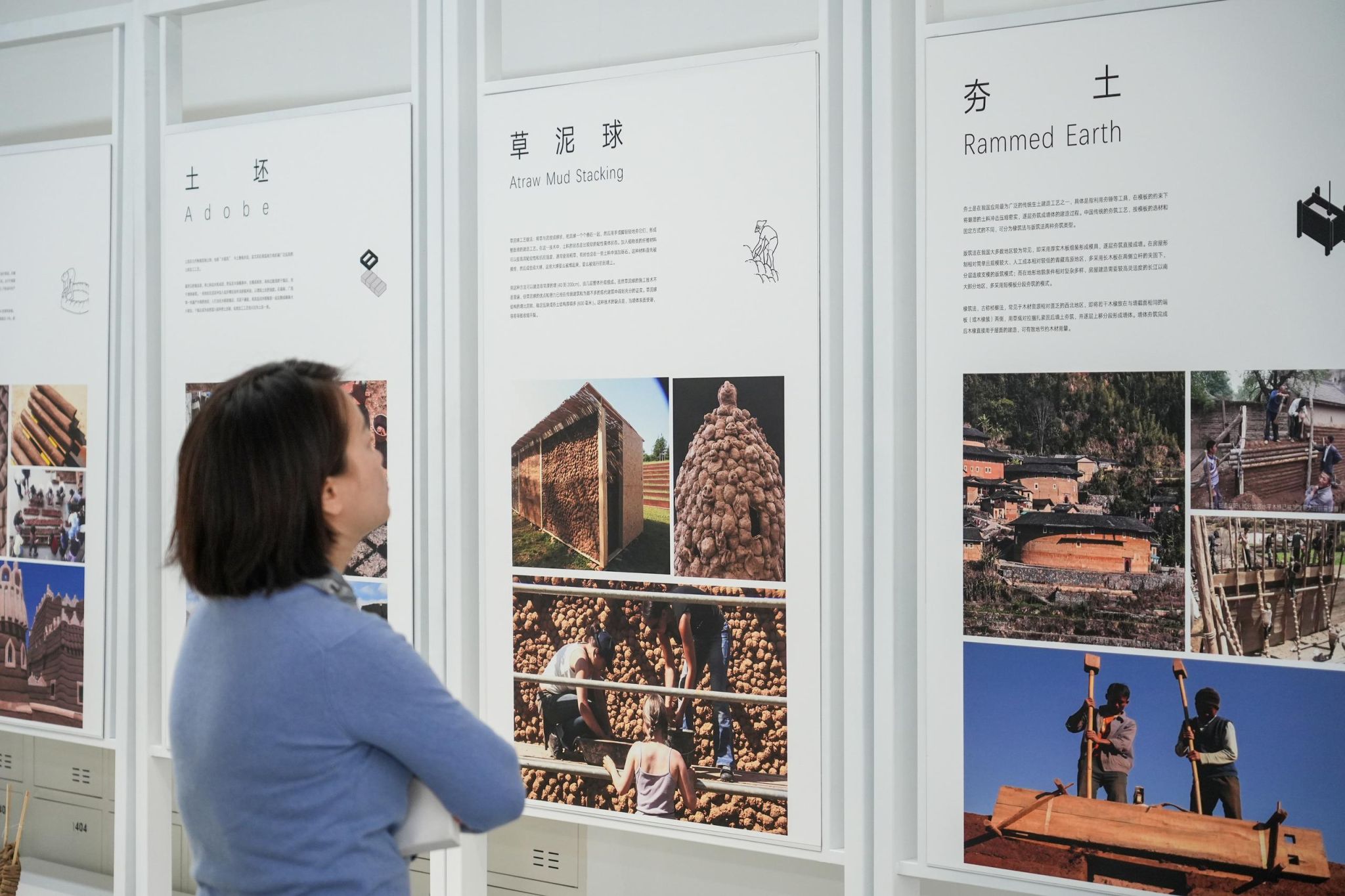
(Fig. 6) Exhibition of Project-Based Teaching Achievements at the School of Human Settlements and Civil Engineering
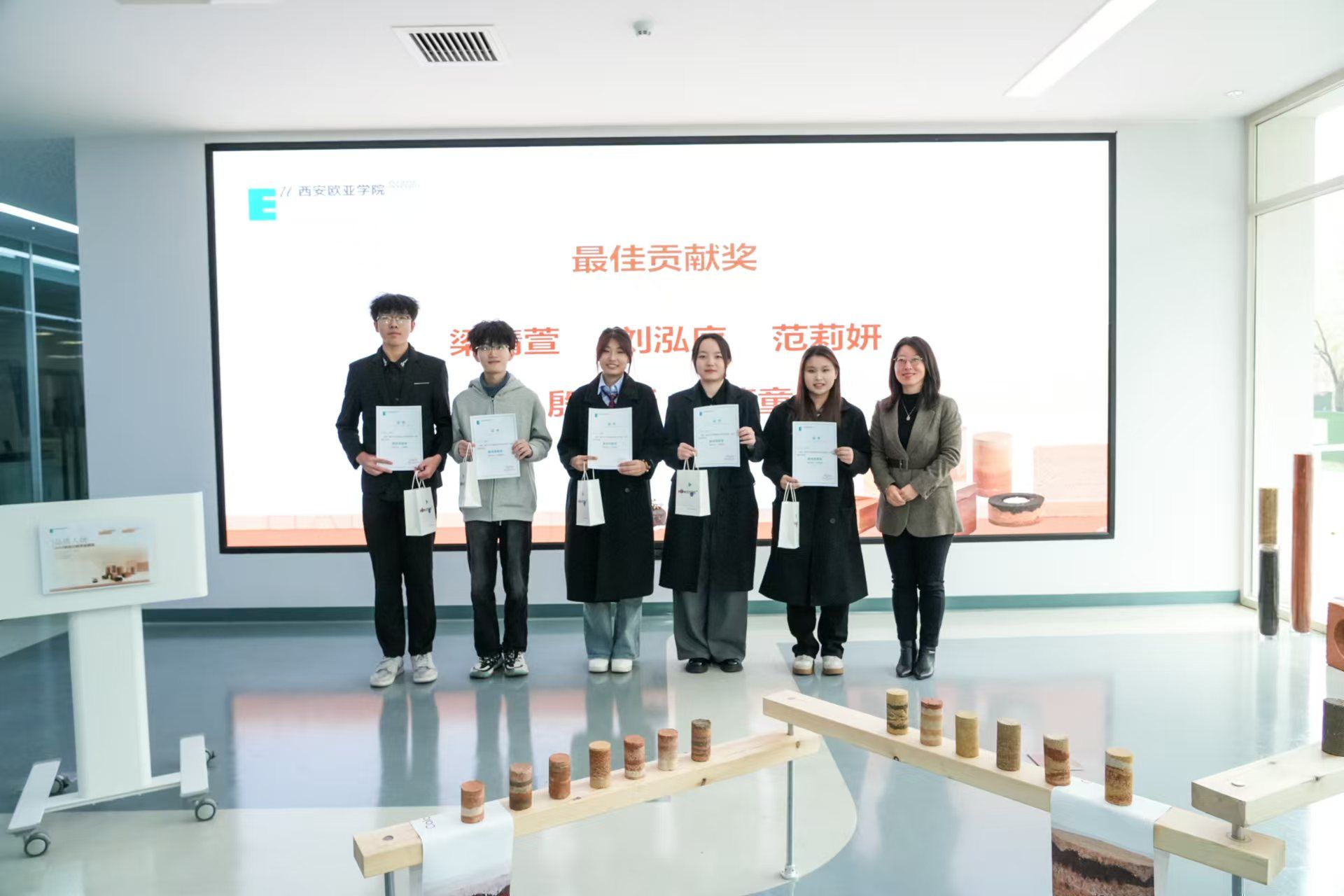
(Fig. 7) Professor Zhang Lefang, Vice President of Xi'an Eurasia University, Presents Awards to Outstanding Students
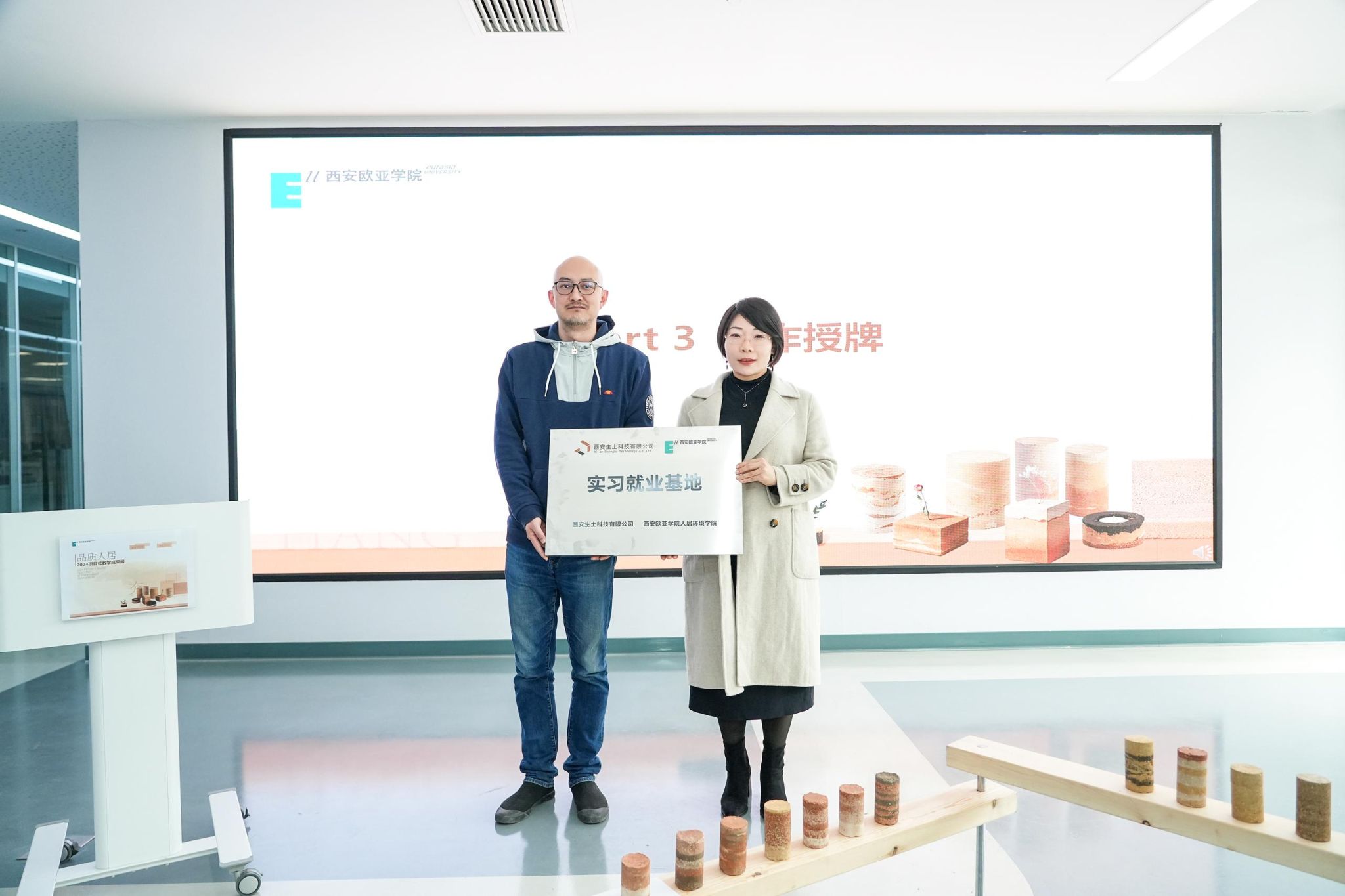
Relying on a project-based model, Wang Lixia, Director of the Career Development and Enterprise Cooperation Department at Xi'an Eurasia University, presented a plaque to Onearth Studio on behalf of the university for establishing a joint internship and employment base to empower student development.
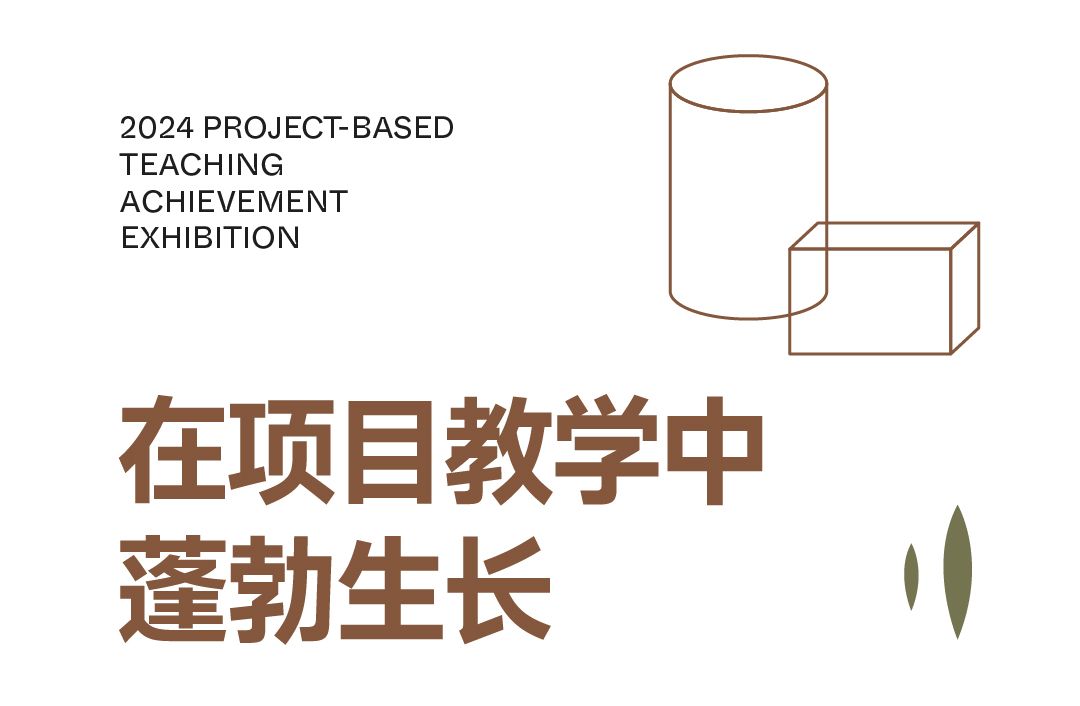
The innovative project-based teaching practice has not only resulted in visible gains such as architectural skills, works, and exhibitions but also nurtured more intangible positive feedback.

Project-based teaching emphasizes a student-centered approach. Under a given theme and context, it focuses on stimulating students' ability to explore independently. During the process, some students studied the works of many internationally renowned designers and learned design software in order to create a creative model; some students asked their parents and classmates to be their audiences and continuously adjusted their presentation language based on external feedback to make a good project report; and some students wrote their own shooting outlines and learned video editing to record the project... ... "After completing this project, I feel like I've become a 'well-rounded warrior'!" said Li Jialin, an undergraduate student majoring in cost estimation of the Class of 2024, who participated in the project.
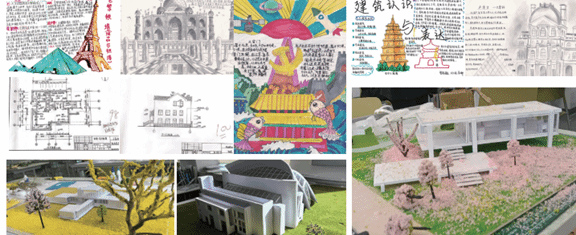
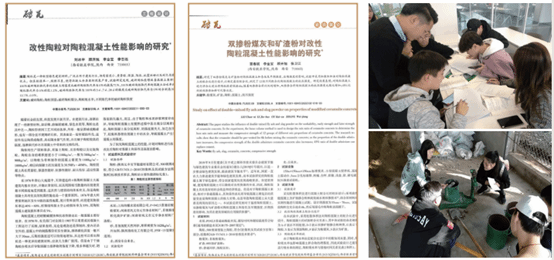
(Fig. 8) Students Produce Numerous Derivative Works In Practice
In addition to the above skills, each student also learned skills such as teamwork, communication, and writing in practice. "Starting from engineering projects, we have broken down the barriers for students in the fields of humanities, design, and art, and enabled them to learn general skills required for entering society imperceptibly, promoting their growth from professional talent to interdisciplinary talent and then to all-around talent," said Ma Nan, a teacher from the School of Human Settlements and Civil Engineering.

College students often feel lost when they enter society. In project-based teaching, the school created a mini-society for students through an "achievement defense meeting."
During the process, students had to respond to various questions from enterprise experts and teachers and also bear the pressure of having their shortcomings pointed out directly. "When enterprises enter the campus, they can help students build a realistic understanding of their majors and the industry, break the 'illusion', clarify their own abilities, and help students gain a head-start advantage," said Yin Yingdi.
After the defense meeting concluded, many students said that this was a very rare experience. Their courage and cognition have been greatly improved, and they have also made certain plans for their future development direction.
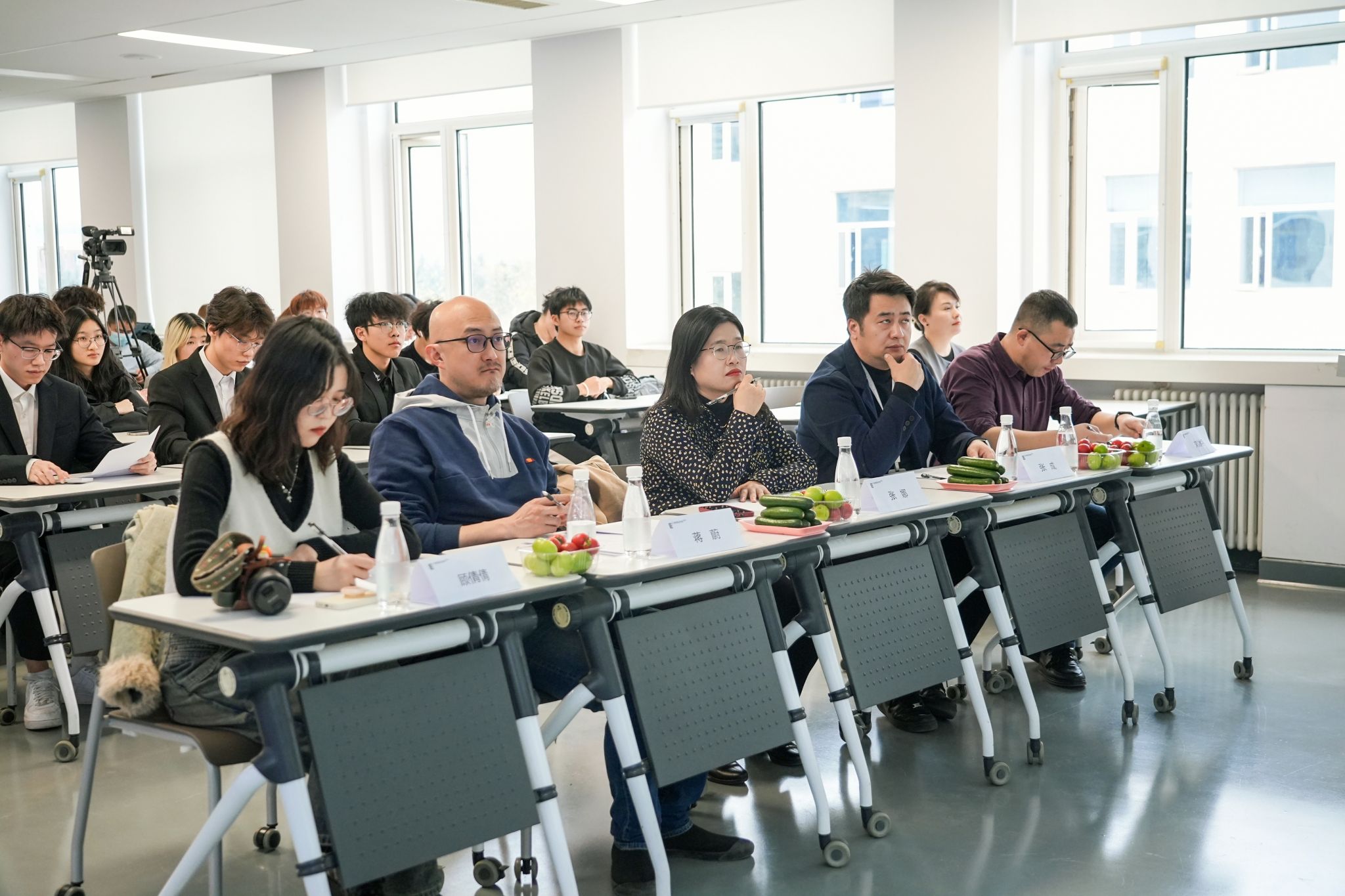
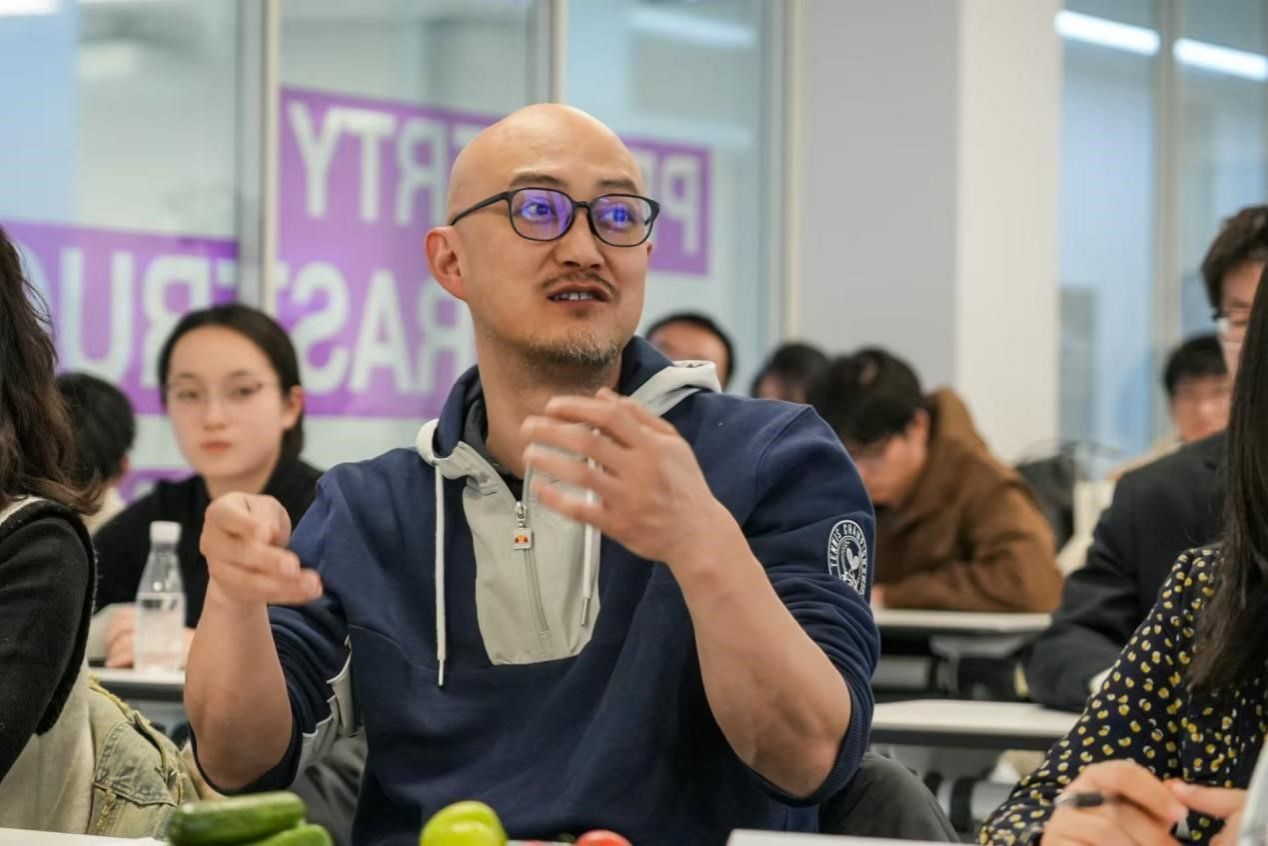
(Fig. 9) School and Industry Guests Attend the "Achievement Defense Meeting" Together to Listen to Student Reports
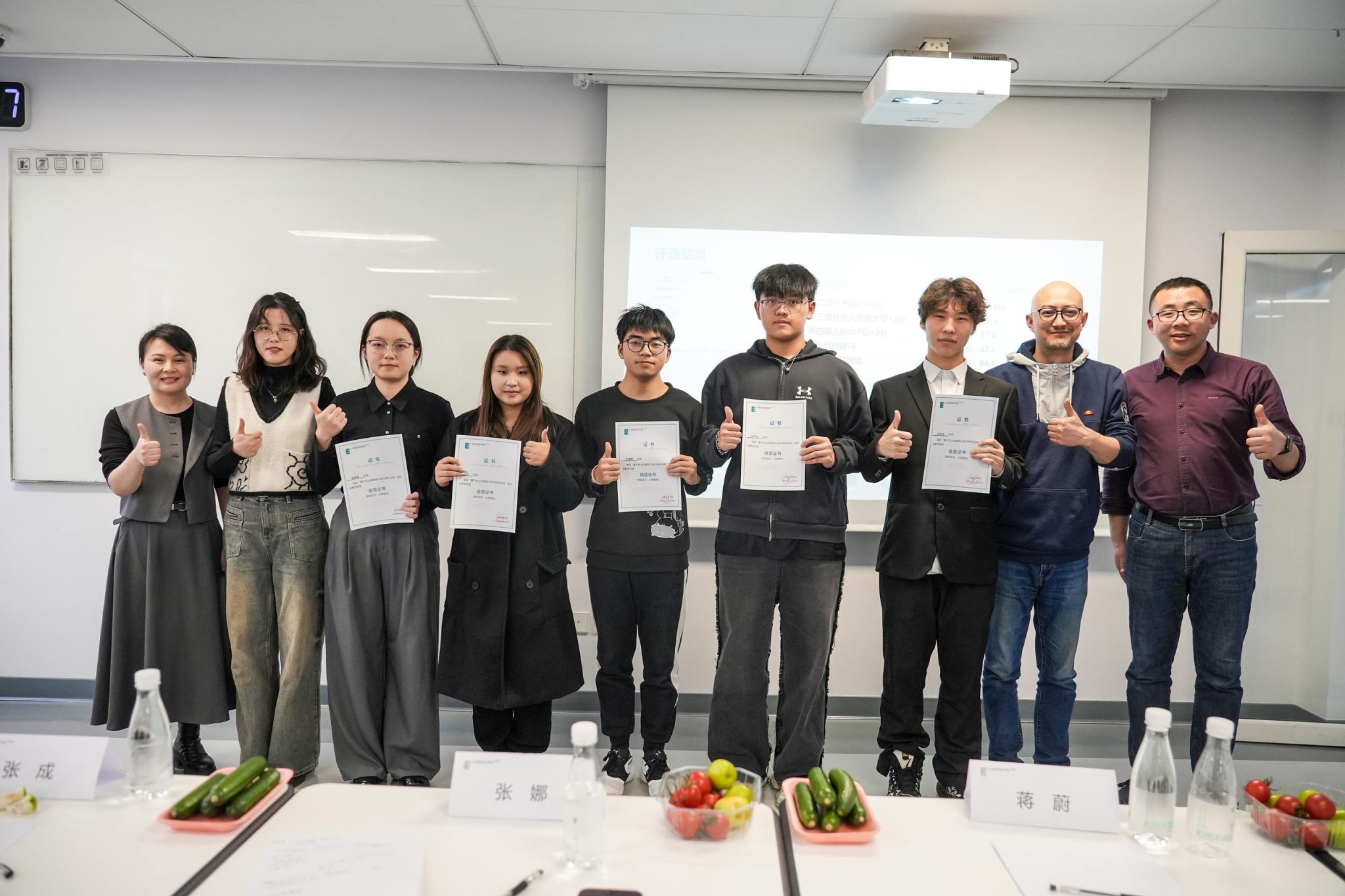
(Fig. 10) Congratulations to the Students on Their Successful Graduation

In addition to the "Achievement Defense Meeting" aimed at students, the school also took this project-based teaching opportunity to initiate an "employer-oriented" school-enterprise cooperation seminar with several core employer enterprises such as BlueScope, CBRE, Glodon, Shangong International, and Shaanxi Construction Engineering Quality Testing Center Co., Ltd.
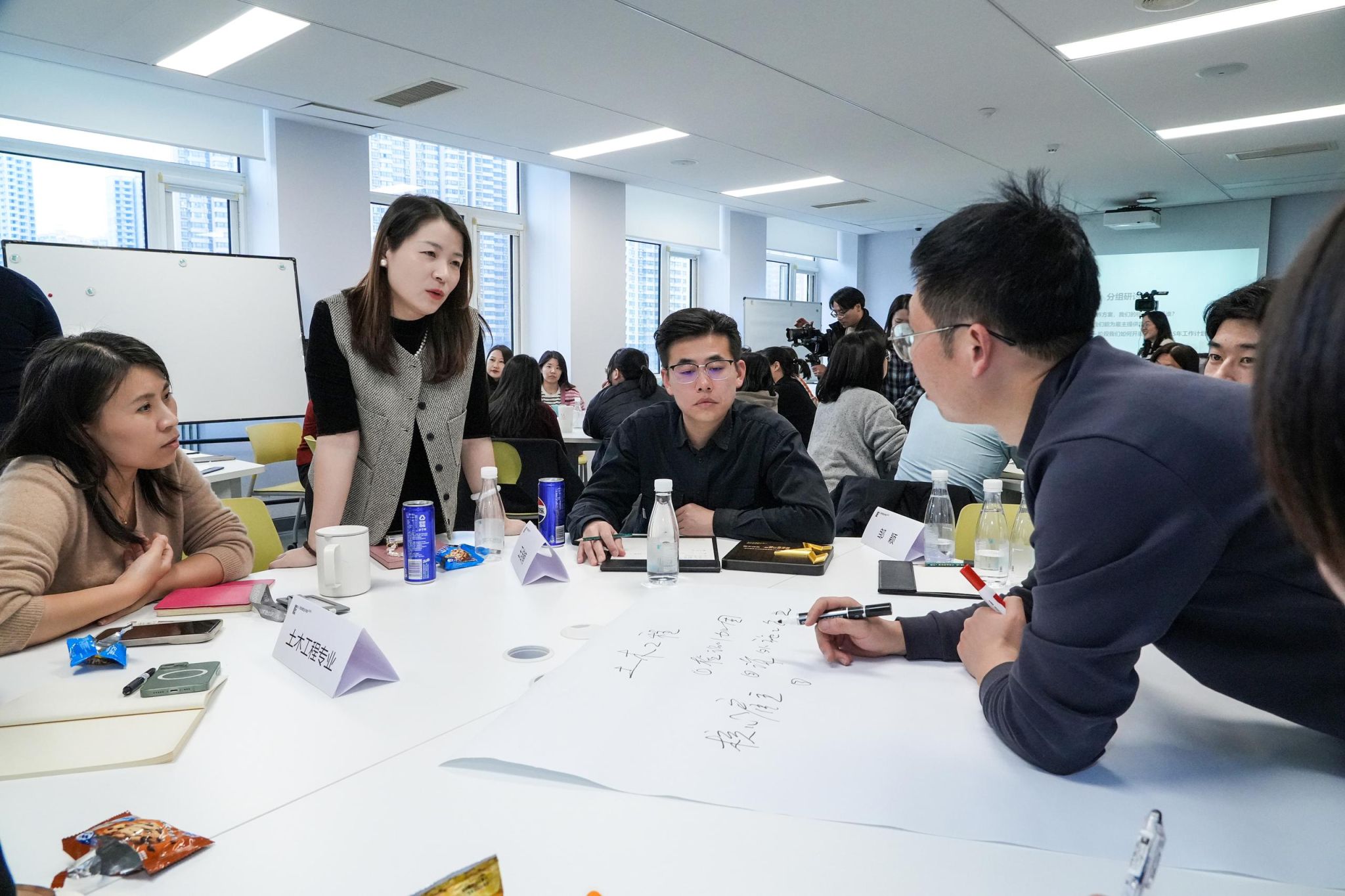
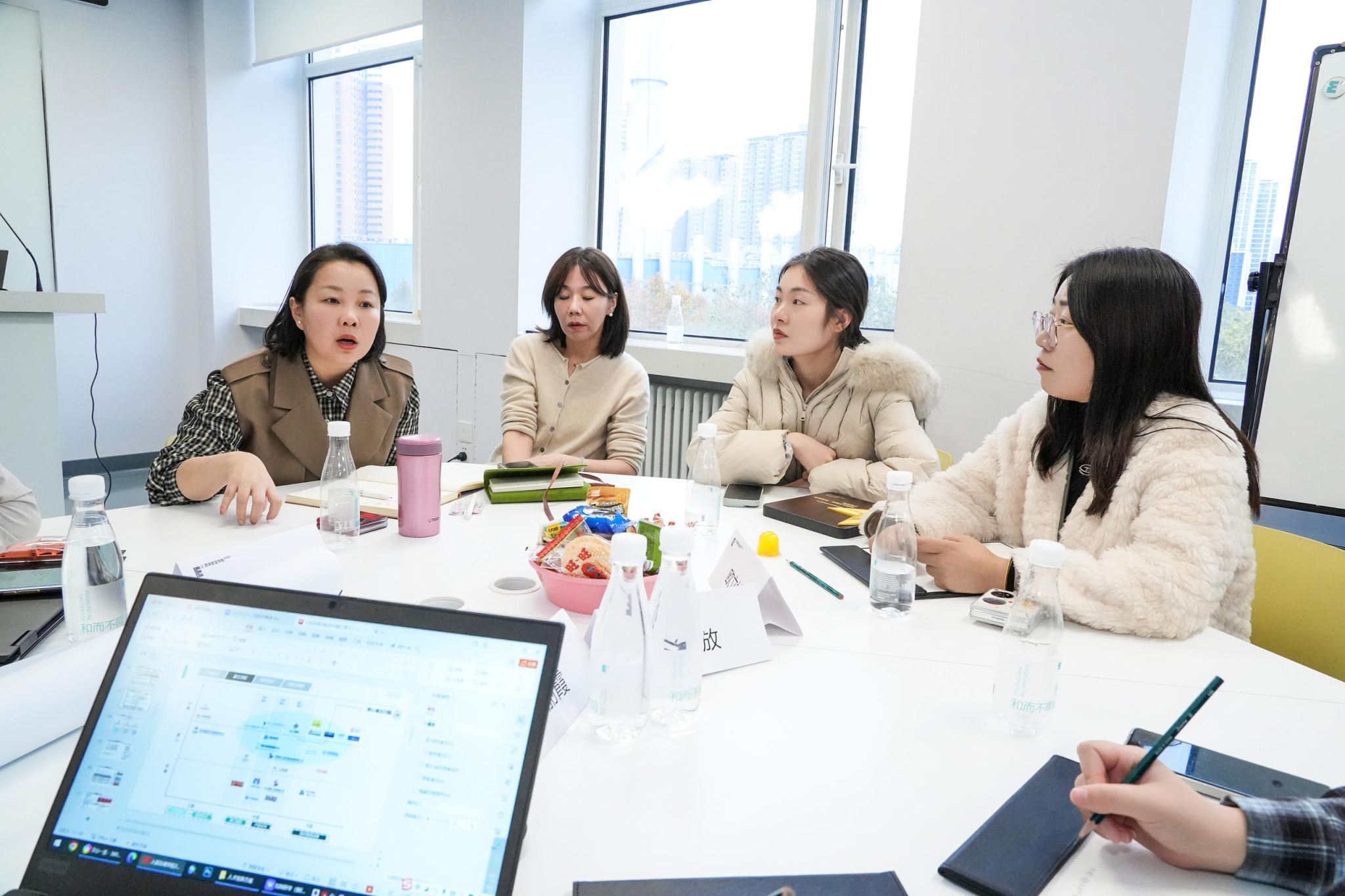
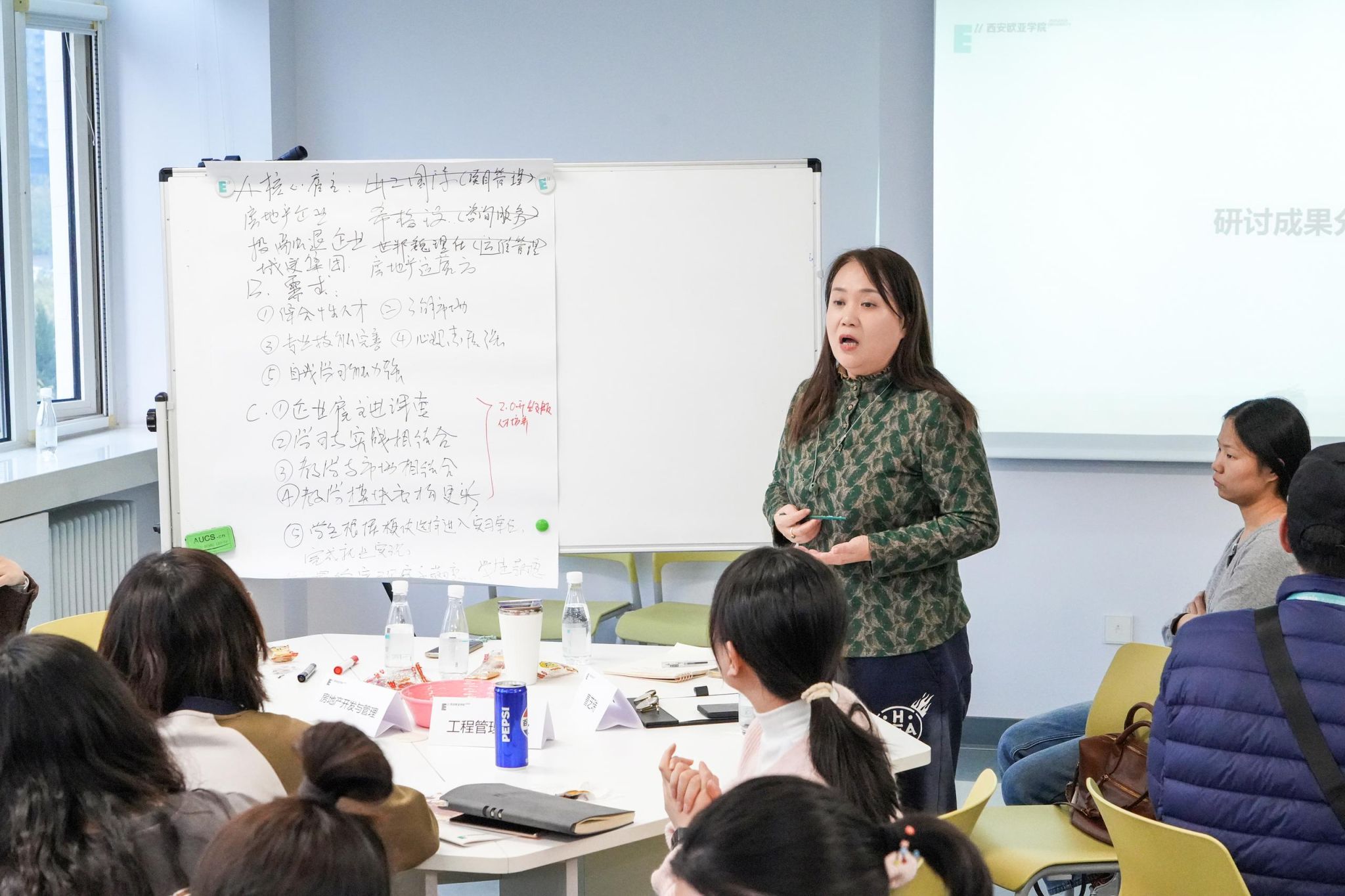
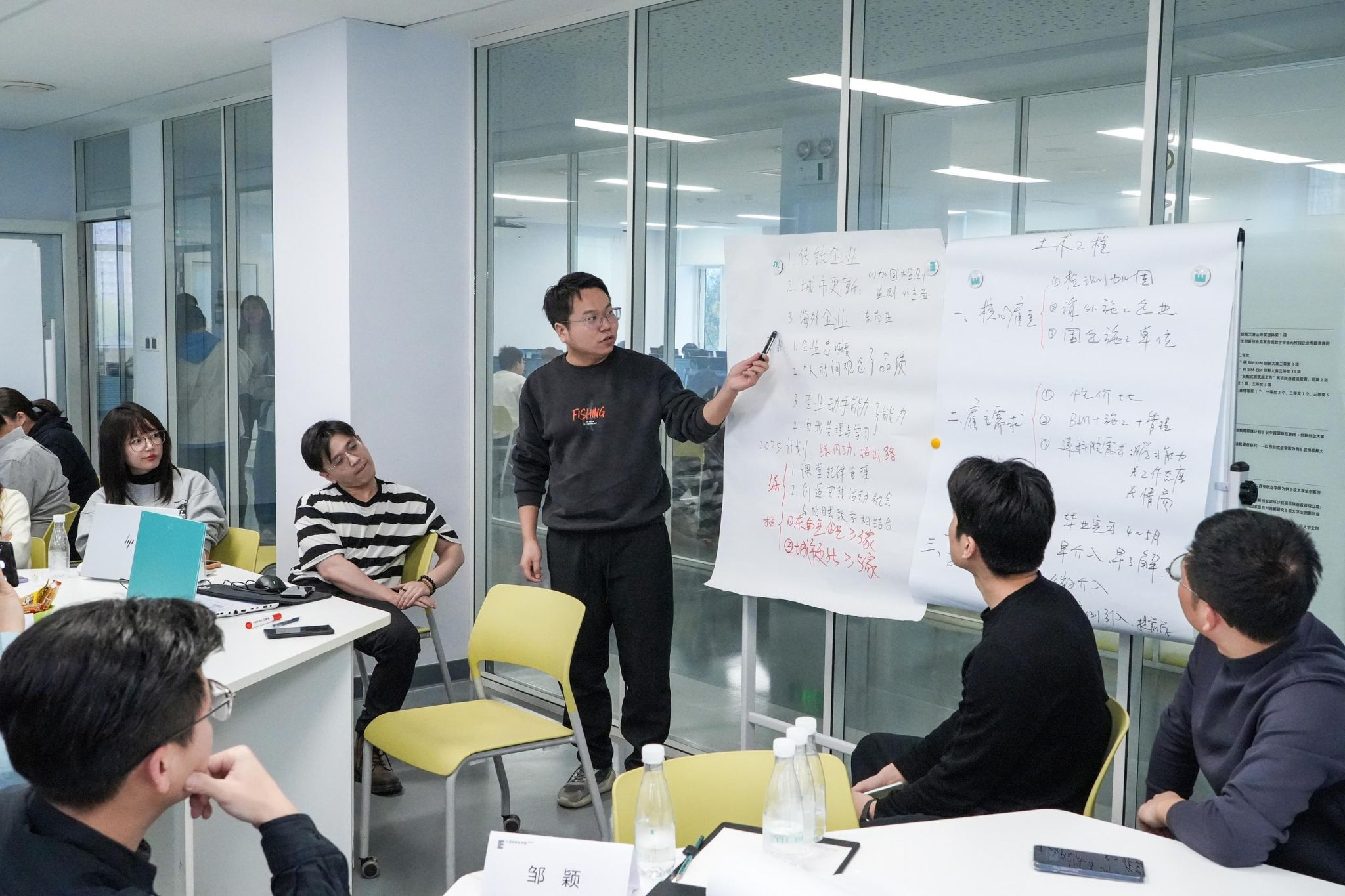
(Fig. 11) The Seminar Held in an Enthusiastic Atmosphere
At the seminar, the heads of various programs shared their relevant insights from the perspectives of new program positioning, serving new employers, and exemplary projects. They also engaged in group discussions with corporate guests on topics such as "Who are the core employers in the architectural profession in the context of developing in the new direction," "What are the core needs of employers," and "The focus of the school's next phase of work." Through industry connections, the seminar not only provided a useful reference for the next step in school-industry collaboration in the field of human settlements but also pointed the way for the future development of the school.
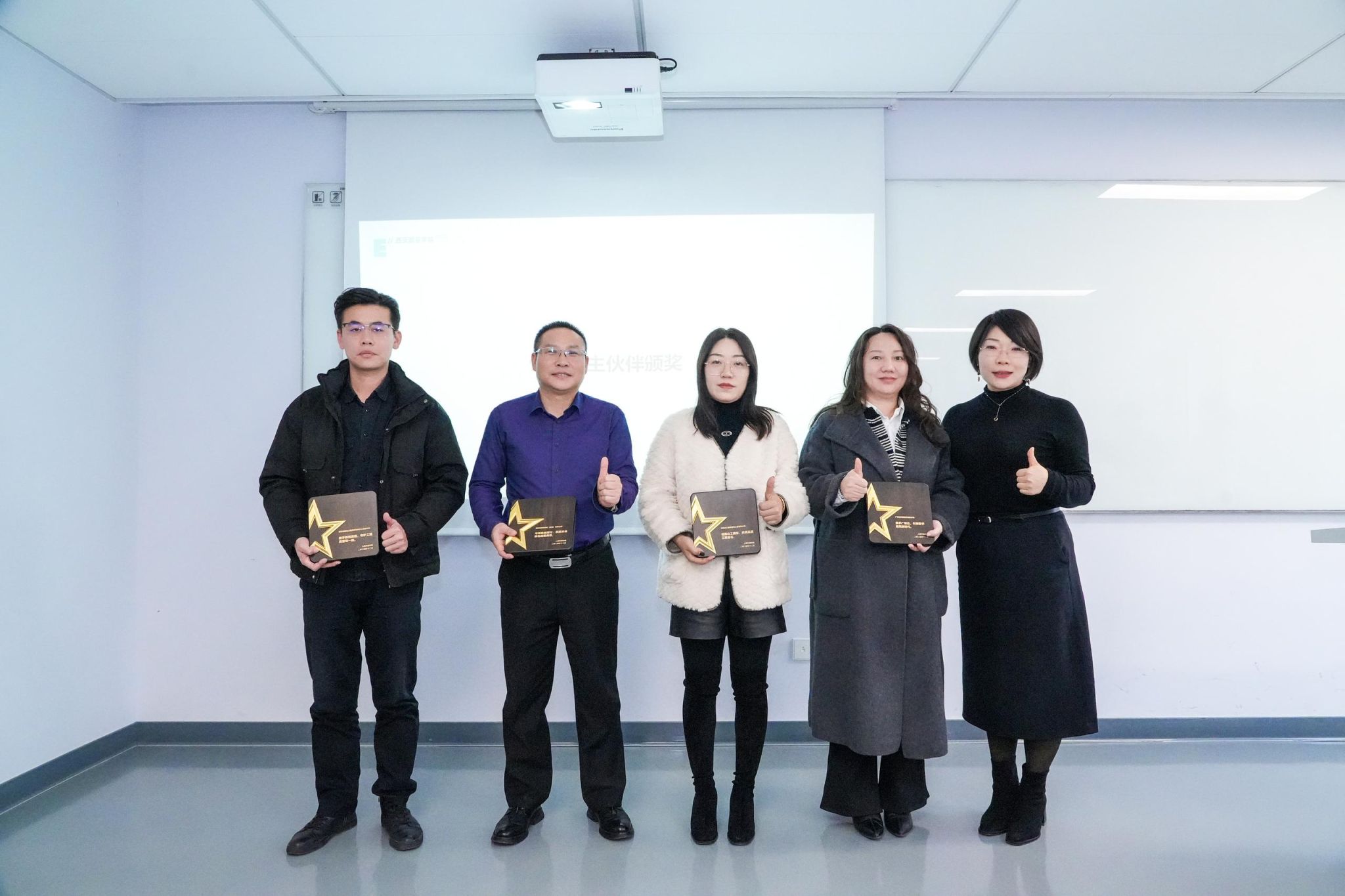
The seminar included an award ceremony for outstanding employer partners to recognize enterprises and representatives that excelled in promoting school-enterprise cooperation.
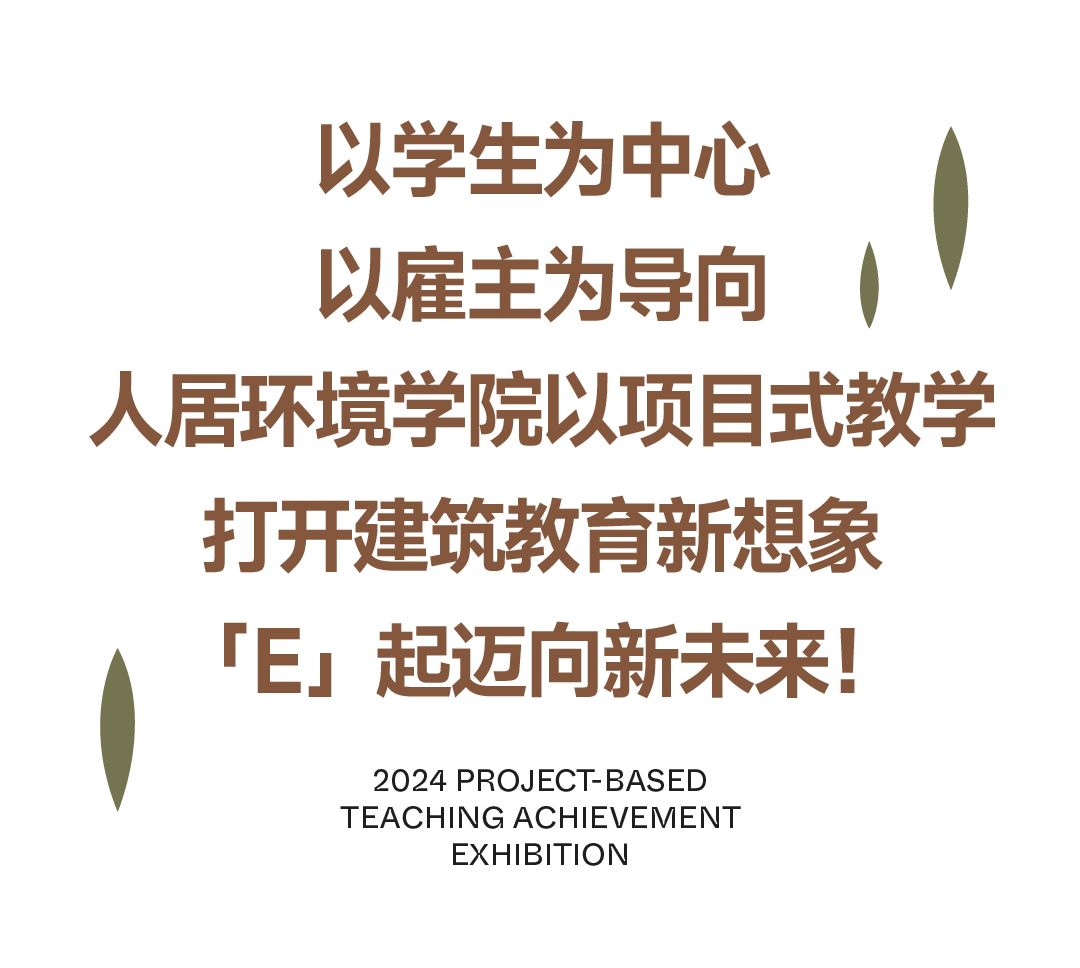
(By Brand Communication Department and the School of Human Settlements and Civil Engineering)





